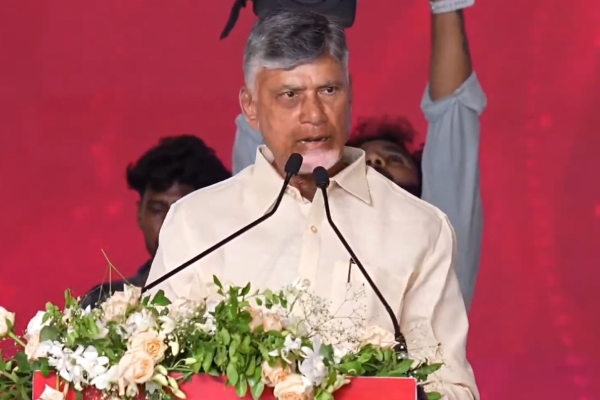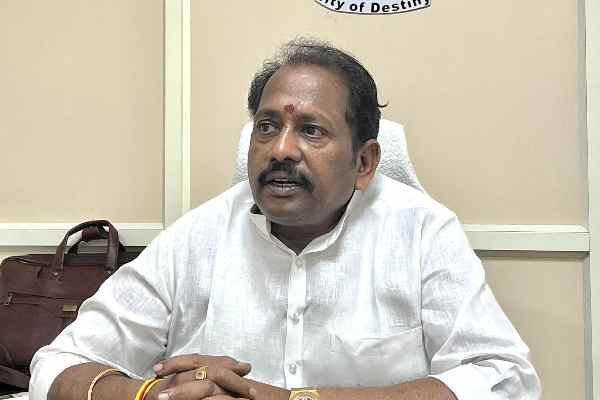Chennai and Bengaluru, two major cities in southern India, are currently grappling with intense rainfall and its aftermath as the Northeast Monsoon sweeps across the region. Both cities are facing significant challenges, with residents on high alert and daily life severely disrupted.
In Chennai, the capital of Tamil Nadu, heavy rains have sparked fears of a repeat of last year’s devastating floods. Despite reassurances from Pradeep John, popularly known as the “Tamil Nadu Weatherman,” who predicts only moderate rainfall in the coming days, residents remain skeptical. The memory of last year’s floods looms large, particularly for car owners who faced hefty repair bills due to water damage.
This caution is visible at the Velachery flyover, where a kilometer-long line of parked vehicles occupies both levels, as owners seek to protect their cars from potential flooding. Areas like Velachery and Pallikaranai are already experiencing knee-deep water logging, with Chennai Corporation workers scrambling to drain affected neighborhoods.
Meanwhile, Bengaluru, often called India’s Silicon Valley, also struggling with rain. The city recorded a staggering 59.8 mm of rainfall, with some areas like HAL Airport seeing even higher amounts. This has led to widespread flooding across the city, including key areas like Bellandur, Manyata Tech Park, and Sarjapur Road.
The heavy rains in Bengaluru have caused additional chaos with fallen trees in areas like Goragunte Palya and Vidyaranyapura, blocking roads and damaging vehicles. The city’s crucial IT sector has been hit hard, with major tech parks experiencing significant flooding, prompting companies to advise work-from-home for employees.
In response to the crisis, Bengaluru authorities have declared a holiday for schools and anganwadis in the urban district. The city corporation (BBMP) has set up an emergency control room to manage the situation.
Both Chennai and Bengaluru’s struggles highlight the urgent need for improved urban infrastructure and flood management systems in India’s rapidly growing cities. As climate change potentially increases the frequency of such extreme weather events.
-Sanyogita


































